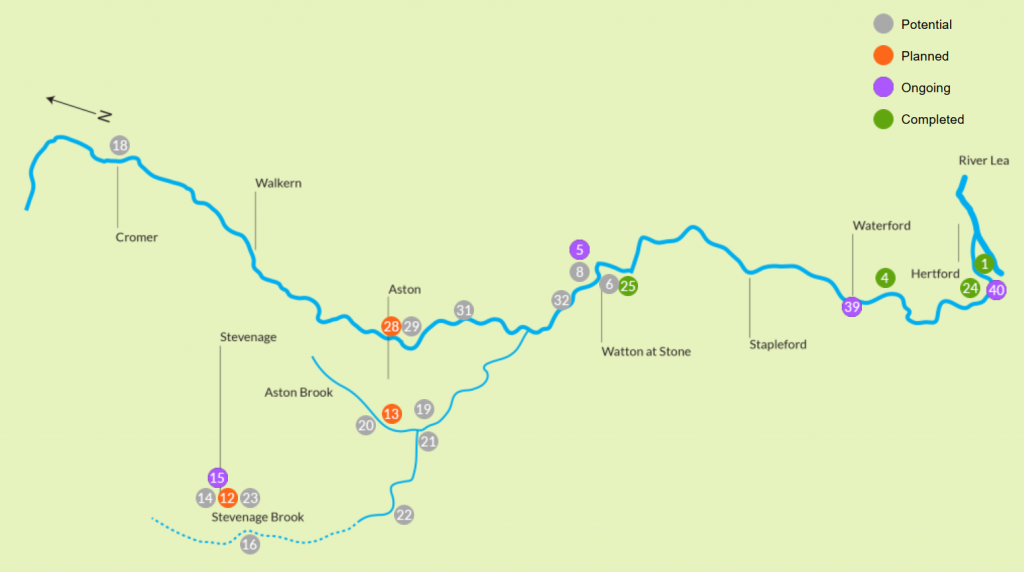What we do

Our activities are mainly in two categories;
Our activities are mainly in two categories;
1. Environmental monitoring
1. Environmental monitoring
- Ground Water Measurements: once a month we measure the ground water levels in the nine boreholes installed in 1996.
- Invasive species monitoring: Himalayan Balsam, Giant Hogwood, Japanese Knotweed and Mink are all invasive species. We track the spread of these and are involved with managing and reducing their impacts.
- Water Vole monitoring: now that Water Voles have been re-introduced to the river after decades of absence, our volunteers monitor their activity. The monitoring shows they’re thriving. Since Water Voles are a ‘key indicator species’ of a healthy chalk stream, this is a positive sign that the River Beane is on the mend.
Riverfly monitoring: the health of a river can be measured by the variety of species living in the river. Certain larvae are used as indicator species, and the number and quantity of species found gives a reliable guide to the condition of the river. If the numbers suddenly drop the Environment Agency would immediately investigate because it could indicate a pollution incident.
All of this monitoring work is carried out by volunteers. The results are then coordinated by us and sent to the Environment Agency, who we’ve been working with for over 20 years.
If you’d like to help with this important work, we always welcome new volunteers.
- Ground Water Measurements: once a month we measure the ground water levels in the nine boreholes installed in 1996.
- Invasive species monitoring: Himalayan Balsam, Giant Hogwood, Japanese Knotweed and Mink are all invasive species. We track the spread of these and are involved with managing and reducing their impacts..
- Water Vole monitoring: now that Water Voles have been re-introduced to the river after decades of absence, our volunteers monitor their activity. The monitoring shows they’re thriving. Since Water Voles are a ‘key indicator species’ of a healthy chalk stream, thisis a positive sign that the River Beane is on the mend.
River Fly monitoring: the health of a river can be measured by the variety of species living in the river. Certain larvae are used as indicator species, and the number and quantity of species found gives a reliable guide to the condition of the river. If the numbers suddenly drop The Environment Agency would immediately investigate because it could indicate a pollution incident.
- River flow monitoring: this hasn’t started yet, but we have agreed to do this as one way of measuring river improvement once abstraction is reduced.
All of this monitoring work is carried out by volunteers. The results are then coordinated by us and sent to the Environment Agency, who we’ve been working with for 20 years.
If you’d like to help with this important work, we always welcome new volunteers.
The Herts and Middlesex Wildlife Trust have produced Catchment Management Plans for the rivers of the Upper Lea system, which includes the Beane.
The RBRA are members of the Catchment Partnership along with Affinity Water, the Environment Agency, the county and district councils and local land owners.


The Herts and Middlesex Wildlife Trust have produced Catchment Management Plans for the rivers of the Upper Lea system, which includes the Beane.
The RBRA are members of the Catchment Partnership along with Affinity Water, the Environment Agency, the county and district councils and local land owners.
